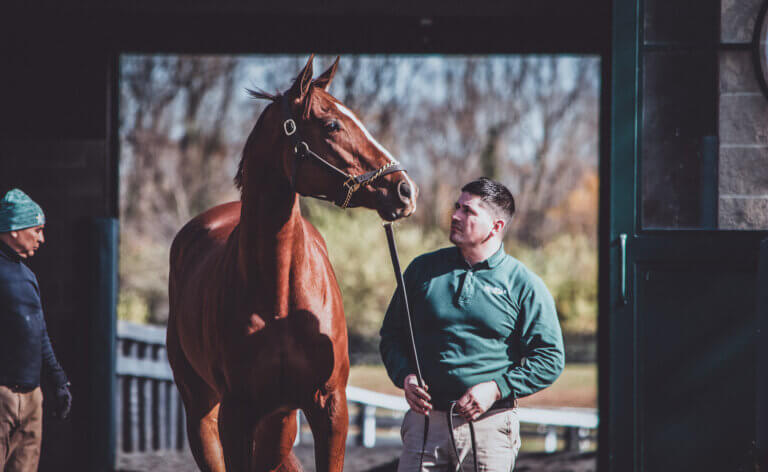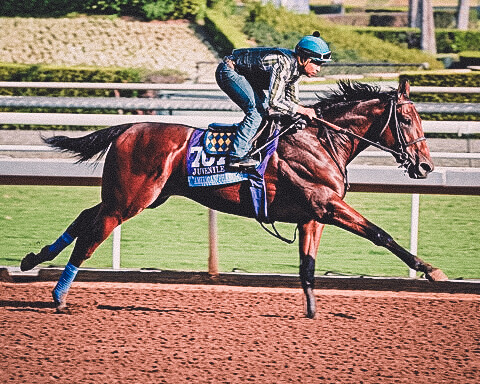

OUR INDUSTRY
YOUR QUESTIONS
Demystifying common questions about horse racing using science, data, research and expert experience.
COMMON QUESTIONS
By using current scientific research and expert vet advice to give accurate answers to frequently asked questions and worries, we aim to enhance people’s comprehension of horse racing while fostering discussions about how to make welfare practices better.
Have a question? Submit it in the question box at the bottom of this page.
Causes of laminitis include sepsis, endocrine disorders, and trauma, necessitating ongoing research for prevention and treatment to mitigate its serious welfare implications.
Horse slaughter has effectively been banned in the United States through a mechanism which has defunded the mandatory inspection of equines intended for slaughter. Under current legislative consideration is the SAFE (Save America’s Forgotten Equines) Act.
Over the last three decades a number of scientific studies have assessed correlations between racetrack injuries in Thoroughbred racehorses in North America and the specific surfaces they were running on.
While it's undeniable that some financially successful owners profit handsomely, the general landscape of horse racing suggests a different narrative. For the vast majority, racehorse ownership is not a path to riches. Instead, it's a costly endeavor fueled by passion, the pursuit of excellence and a deep love of the horse.
Yes, medications are used in horse racing, however there is a major difference between therapeutic medication, akin to treatments in human sports - used under strict veterinary guidance to aid in the recovery of sickness, pain, or inflammation - and illegal drugs.
In a challenge to the notion that juvenile racing is harmful, groundbreaking research shows that horses who begin training at two years old can, in fact, be stronger and more durable in the long term. This article explains how horse growth in relation to human development reveals significant differences, particularly in how quickly foals become active and mature compared to human infants and adolescents.
our industry, your questions






